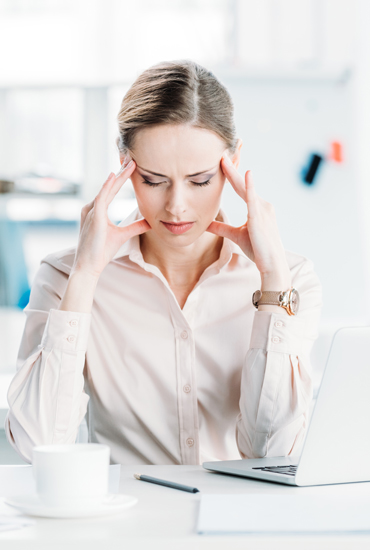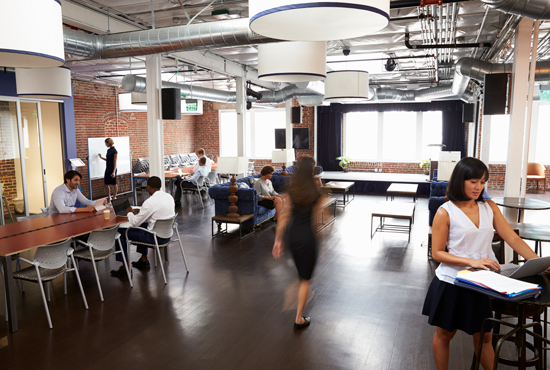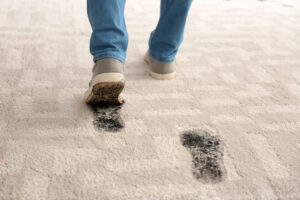Is Sick Building Syndrome affecting your workforce?
Sick building syndrome (SBS) is a name for a condition that’s thought to describe situations in which building occupants experience acute health and discomfort linked to time spent in a building. However, no specific illness or cause can be identified. In other words, a building could be making you sick.
What are the symptoms of sick building syndrome?

Some people may believe their SBS is just a virus. However, if you have a cold, virus or another similar illness, your symptoms will stay with you at home, in office buildings.
You will likely feel relief soon after leaving the building if you have SBS, causing your symptoms. The longer you are away from the building, the better you will begin to feel.
The symptoms of sick building syndrome may appear as individual symptoms, in any combination of symptoms or can even vary day by day. Sometimes, you may experience a specific symptom while a co-worker suffers from a different SBS symptom.
Some symptoms of sick building syndrome are as follows:
- Sore throat
- Head/body aches
- Breathing difficulties
- Dizziness
- Cough
- Nausea
- Fatigue
- Muscle aches
- Runny nose
- Dry, itchy skin rashes
- Fever

How is sick building syndrome diagnosed?
There is no particular medical test to diagnose sick building syndrome, and a process of elimination usually diagnoses it.
No matter what mix of symptoms your employees experience, becoming ill due to the environment can affect performance.
SBS may reduce work efficiencies and even increase absenteeism. If you recently noticed an increase in sick leave for your employees, it may be time to consider the building as the culprit.
Causes of sick building syndrome
Some of the causes of SBS include:
1. Poor ventilation or poorly maintained air conditioning systems
2. Chemical contaminants, dust, smoke, fumes, or fabric fibres in the air
3. Biological contaminants including mould and bacteria
4. Bright or flickering lights
5. Problems with cleaning and layout, such as crowded desks
Sick building syndrome mostly happens in open-plan offices.
How to deal with Sick Building Syndrome in your office?
You can help prevent sick building syndrome in your facility by identifying some of the sick building syndrome causes.
To minimise the risk of building syndrome spreading in your workplace, follow these steps:
- Increase ventilation rates.
- Maintain and clean HVAC systems regularly.
- Use HVAC filters with high-load capacity and change the filters regularly.
- Replace water-stained ceiling tiles to remove potential mould and mildew.
- Replace carpet that appears to have water damage.
- Regularly clean all tile and tile grout to help eliminate mould growth.
- Remove all biological contaminants from the property, including insect, bird, and rodent droppings.
Improving office air quality by cutting down on dust mites, mould spores or other allergens is another way to help reduce the symptoms of sick building syndrome.

Will regular office cleaning help reduce sick building syndrome?
Daily office cleanings or occasional deep cleaning can also help keep the facility looking fresh and welcoming for customers and employees alike. A healthy facility is a clean facility.
With a cleaner work environment, you may help boost employee morale, reduce sick days, and even see an increase in productivity. If you are concerned your facility may have issues that could contribute to sick building syndrome symptoms, contact a professional office cleaning company such as Cleanology now.
We offer a wide range of services to fit your schedule and unique needs. With a commitment to delivering the highest standards of cleanliness every time, we are happy to help get your office up to expectations.
We make booking our office hygiene services as easy as possible, so get in touch with a member of our friendly team today to see how we can help. Call us now on 020 7582 8111.




